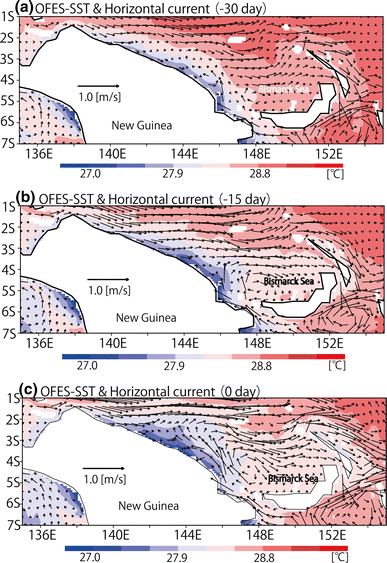Fifteen years progress of the TRITON array in the Western Pacific and Eastern Indian Oceans
The Triangle Trans‐Ocean Buoy Network (TRITON) project by the Japan Agency for Marine-Earth Science and Technology began with deployment in the western tropical Pacific Ocean in 1998 and has shifted to steady, long-term observations since 1999. After on-site inter-comparison with the Autonomous Temperature Line Acquisition System mooring system of the Tropical Atmosphere and Ocean (TAO) array by the National Oceanic and Atmospheric Administration, the TRITON array became the international TAO/TRITON array in 2000 as a key component of the Global Ocean and Climate Observing Systems. The TAO/TRITON array took over from the TAO array, which was developed during the Tropical Ocean and Global Atmosphere program (1985–1994), and replaced the western part of TAO with new additional real-time measurements of salinity and ocean currents. In 2001, two TRITON moorings were deployed in the eastern Indian Ocean for capturing the eastern pole of the Indian Ocean Dipole. From this initiative, the Indian Ocean Observing System (IndOOS) was designed, and the Indian Ocean mooring array (Research Moored Array for Africa–Asian–Australian Monsoon Analysis and Prediction) was developed as a key component of IndOOS. In this paper, 15 years of progress in the TRITON project in the western Pacific and eastern Indian Oceans is reviewed with regards to scientific outcomes, technological development, and collaborations with international and domestic partners. Future directions for sustainable observation in the Pacific and Indian Oceans are also discussed.

Figure. 1 Composite map of OFES-SST (color shade) and OFES-surface current (black arrows) at a depth of 2.5 m at lag of a −30 days, b −15 days from the reference day (day 0; they are defined as the coolest days in the daily SST time series averaged over the Bismarck Sea located north-east of New Guinea for each El Niño onset year of 1982, 1986, 1991, 1997, 2002, and 2004), and c day 0. A positive (negative) lag time indicates that it lags (leads) the day 0 (modified after Hasegawa et al. 2010)
References:
Ando, K., Kuroda, Y., Fujii, Y. et al. J Oceanogr (2017) 73: 403. https://doi.org/10.1007/s10872-017-0414-4